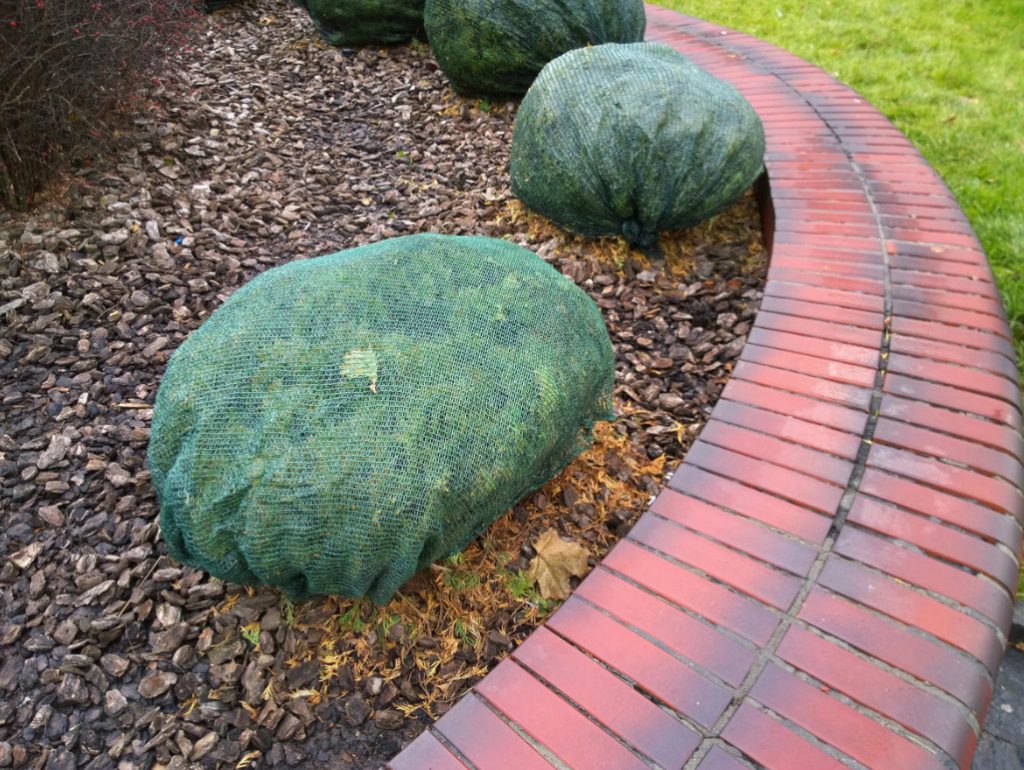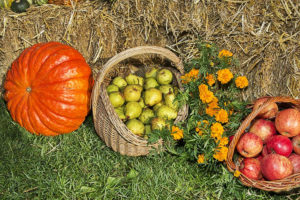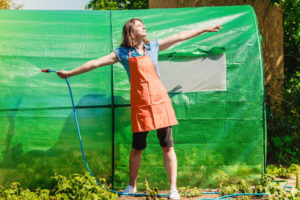Sheltering plants for the winter is not a new topic, and yet every spring summer residents count the fallen trees and shrubs. Why? Because they make annoying mistakes. There are not many of them, but each can negate all efforts to save the plant until spring.
Shelter for the winter is not the same as putting a cover on a plant, this is not enough, it needs to be properly prepared for a change in living conditions. It is important to remember that there are no universal methods and terms of shelter — each gardener will have to make a decision on their own. And for it to be correct, you need to understand what and why you need to do, and what actions will harm the plant.
Error 1. Neglect of the preparatory stage
Not only novice gardeners, but also experienced summer residents often leave it without attention — and in vain. Let’s highlight the key points of preparation and clearly define the goal of each.
Autumn top dressing
At this time of year, plants that remain to winter in the open ground need phosphorus-potassium fertilizers. What gives autumn top dressing-accelerates the maturation of shoots, strengthens the immune system (increases resistance to diseases and resistance to prolonged low temperatures). Do not try to make more than the recommended norm by the manufacturer, it will not benefit the plants, everything is good in moderation.
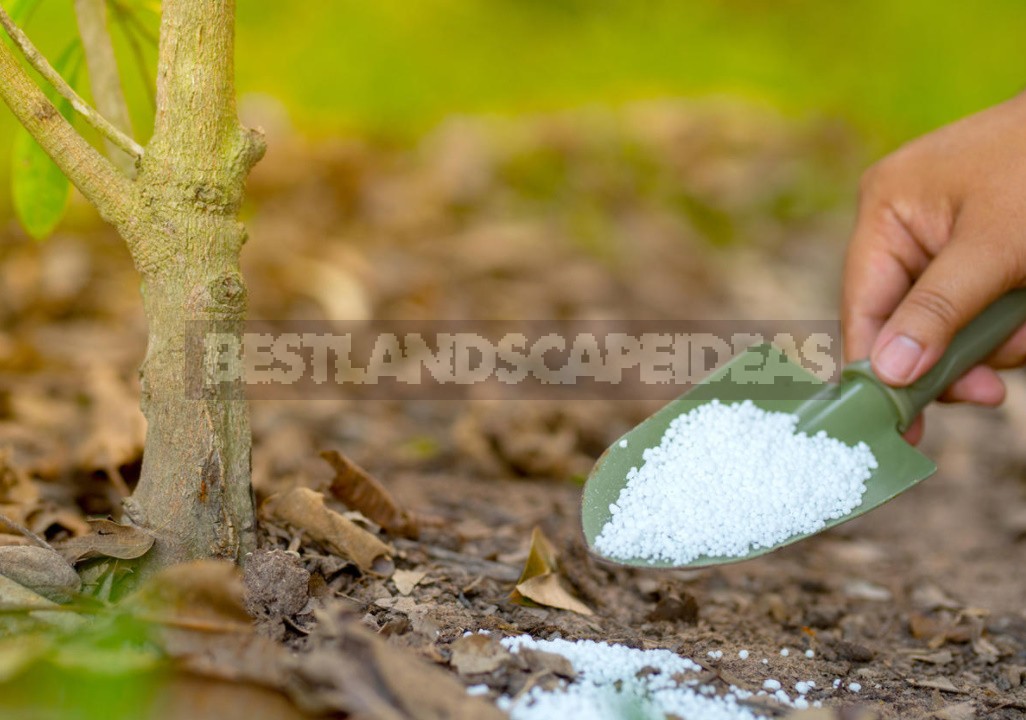
Moisture-charging watering
In winter, the plants sleep, but continue to evaporate moisture with branches, needles, leaves (evergreen). Frost and wind increase its loss many times, and the roots can not make up for the loss. As a result, the dehydrated part of the plant becomes defenseless against the cold and, most likely, will die by spring. And all you had to do was give the perennial a good drink before going to bed. However, watering is not always necessary, and sometimes it is directly contraindicated! What you need to take into account before starting work-weather conditions, duration and type of soil on your site.
Pruning and removing leaves
There is no pruning associated with the shelter itself. Some groups of clematis need to be formed in the fall, but keep in mind one caveat: the procedure should be carried out in advance, so that the sections have time not only to dry properly, but also to test, only then they will be less vulnerable to frost. For other ornamental and fruit and berry crops, many gardeners refuse autumn pruning, so as not to do the work twice (in the spring, you will have to remove frozen shoots again). There are also many who hold a different point of view — in the fall, you need to cut as much as possible, so that in the spring the plant does not waste energy on feeding unnecessary branches. But carrying out sanitary pruning is mandatory: in the shelter there is no place for dry, broken, with signs of diseases, fattening shoots. Also, ruthlessly remove the root growth: it takes a lot of energy and nutrition from the plant. You will have to cut out young non-woody shoots( or tops), buds, inflorescences and leaves of deciduous species, because even in the shelter they will freeze, become covered with mold, and there they will not be far from diseases. For example, roses often suffer from an infectious burn: under certain conditions, spores of the pathogen can germinate even at +1…+2°C!

Until now, there is no consensus about the rose leaves, whether to cut them before hiding or leave them. First, we will name the arguments for removing healthy foliage: it can remain pests and pathogens; it continues to breathe, which can dry up the plant. Arguments against: roses are evergreens, and in winter the life processes in which the leaves take an active part only slow down, but do not freeze. By removing healthy leaves, you only weaken the Bush. Which approach should be preferred is up to you. In relation to specimens with signs of diseases, the opinion of gardeners is unequivocal: it is better to remove the foliage from them.
Spraying
All crops that you are going to cover must be treated even for prevention purposes, not to mention those that were sick or affected by pests.
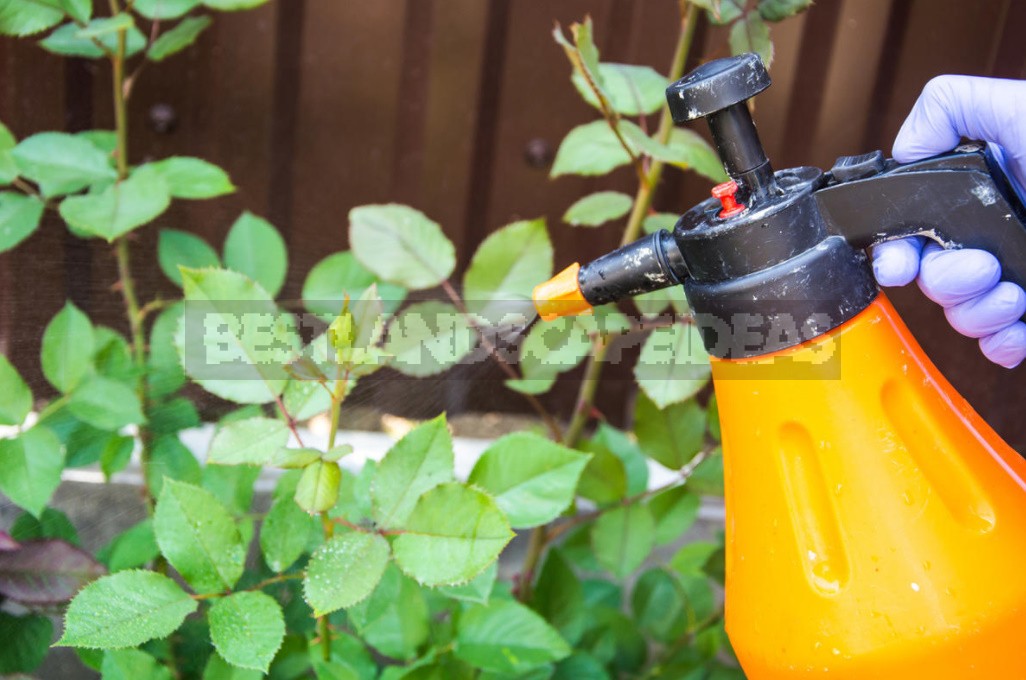
Hilling
Saves the surface root system from freezing, so it is important not to rake the ground to the base of a tree or shrub, but to pour the prepared in advance, preferably dry. In many cultures the only weak soil. It needs to be spiked with sand, and the trunk circle — with earth.
Shelter from precipitation
The drier the crown of the plant goes under shelter, the better. Therefore, protect heat-loving species from precipitation in advance.
Binding and bending to the ground
Long shoots need to be tied to make it easier to hide them under cover. To work, choose a dry day with a plus temperature, pull the branches together as tightly as possible. Bend down to the ground in several stages. Don’t rush if you don’t want to break the shoots. You can not lay it directly on the ground — be sure to arrange a dry “bed”. This can be spruce branches, boards, wooden boxes, and other materials at hand.
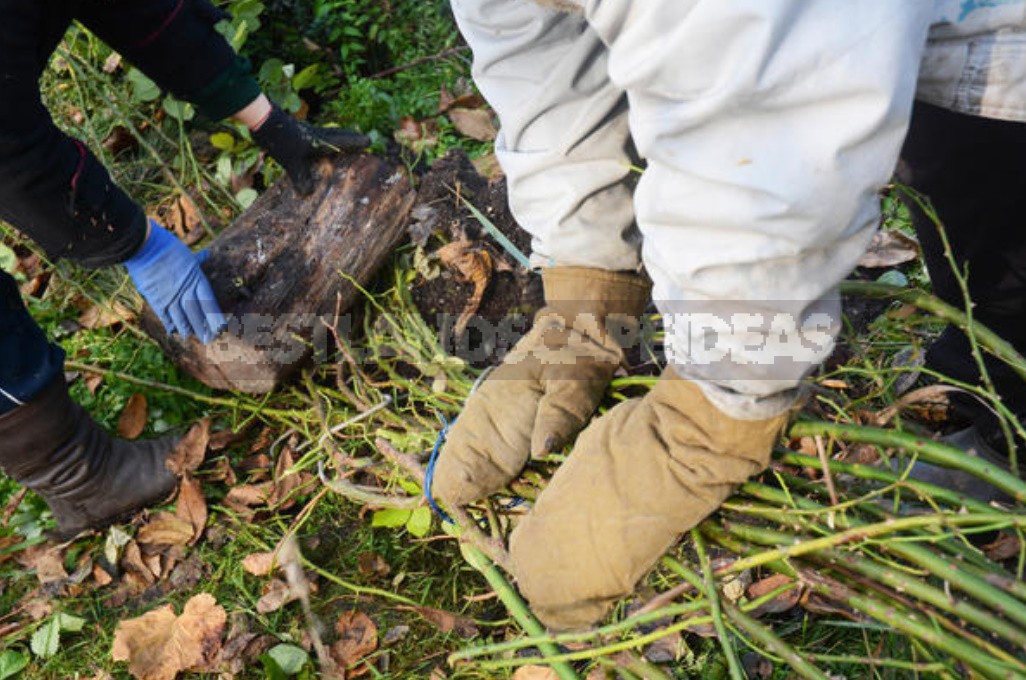
Work especially carefully with the stem forms: young plants are easier to lay, they are more plastic. But with adults you will have to Tinker: dig them from the side in which you will bend, so you will reduce the risk of breaking the stem.
Error 2. Unsuitable materials for shelter
Many habitually cover the plants with what they have to, and the specimens that fall out by spring are written off as too harsh a winter. Let’s face it: not all the materials at hand are good for hiding on their own. In combination with others-Yes, their use is justified. Let’s list the properties of a good covering material:
- it does not form condensation,
- it retains heat well,
- allows air to pass through (breathes), but protects from wind,
- covers from rain (does not get wet).
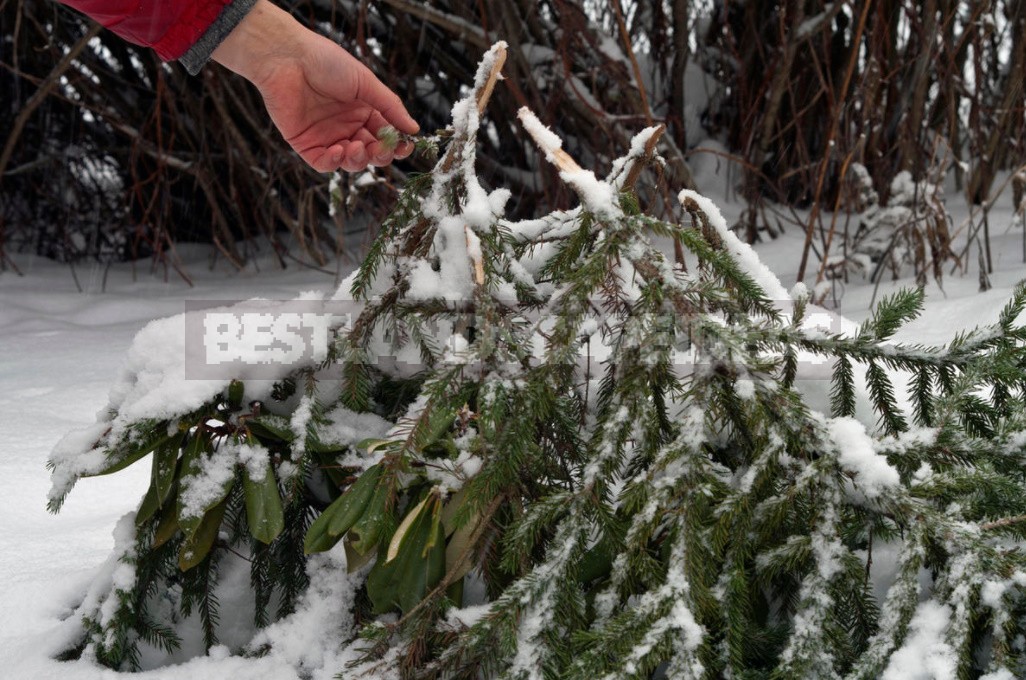
If you choose factory materials, please read the characteristics of different types of materials in advance — non-woven, plastic film, shading mesh.
Manufacturers are rushing to the aid of modern gardeners, not limited to frames and non-woven material for covering plants. Significantly simplify the very time-consuming process will help ready-made covers, with their help, the sissies will be covered in the shortest possible time.
Error 3. Incorrect shelter dates
It is not easy to choose the right time for shelter. Hurry up-the plants may get hot. If you’re late, they’ll freeze. Unstable weather, when seemingly established frosts are suddenly replaced by a prolonged thaw, is not uncommon for a long time. The only way out of the situation is to cover in the recommended time, and in case of sudden thaws, or remove the shelter (by the way, just with covers it will be easy), or arrange airing. It remains to clarify one point — when does the recommended deadline come, when is it time? Of course, it is not possible to tell about all heat-loving crops in one article, so we will limit ourselves to those that are most often found in suburban areas.
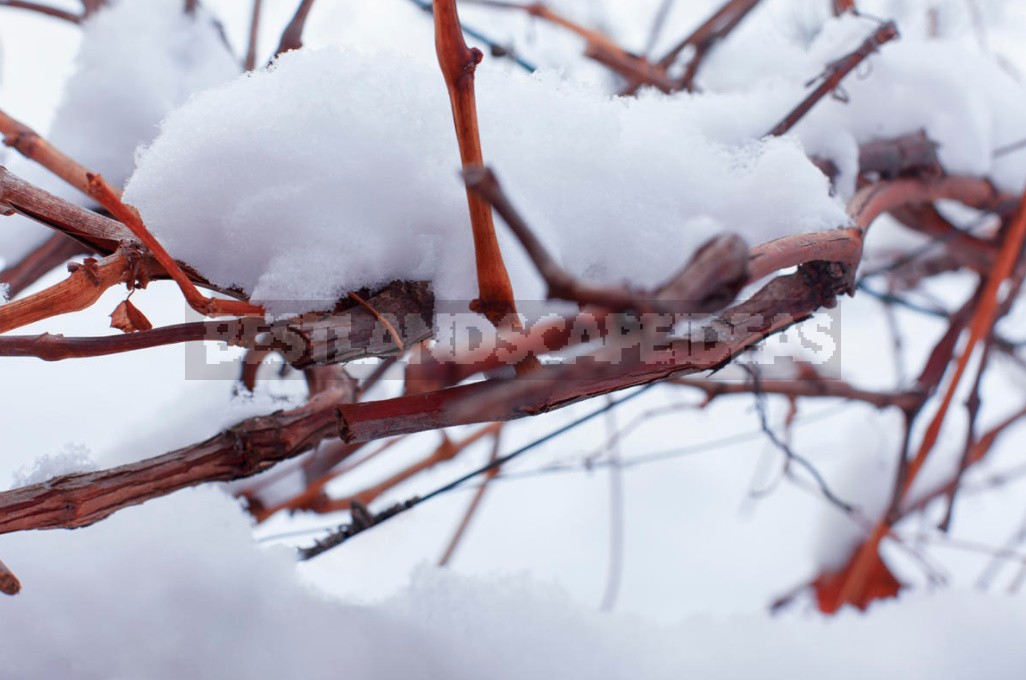
When to cover grapes
When the air temperature is set within -2 … -4°C-it’s time. And it would be good to cover or at least mulch the soil around the Bush: the root system of grapes is very sensitive to frost.
When to cover roses
The first frosts will only benefit them: they will harden, give a signal to the plants-it’s time to rest! But when the temperature drops to -6… -7°C, it’s time to cover the sleeping beauties.
When to cover coniferous trees
In young plants (especially autumn planting), the root system is protected from freezing in the first 2-3 years: mulch with a layer of 15-20 cm. The crown is covered in February, when the sun becomes more active, to avoid drying out needles and sunburn. Many gardeners cover all coniferous plants for the first 3 years after planting. You can also follow their example if you are afraid of losing prickly newcomers.
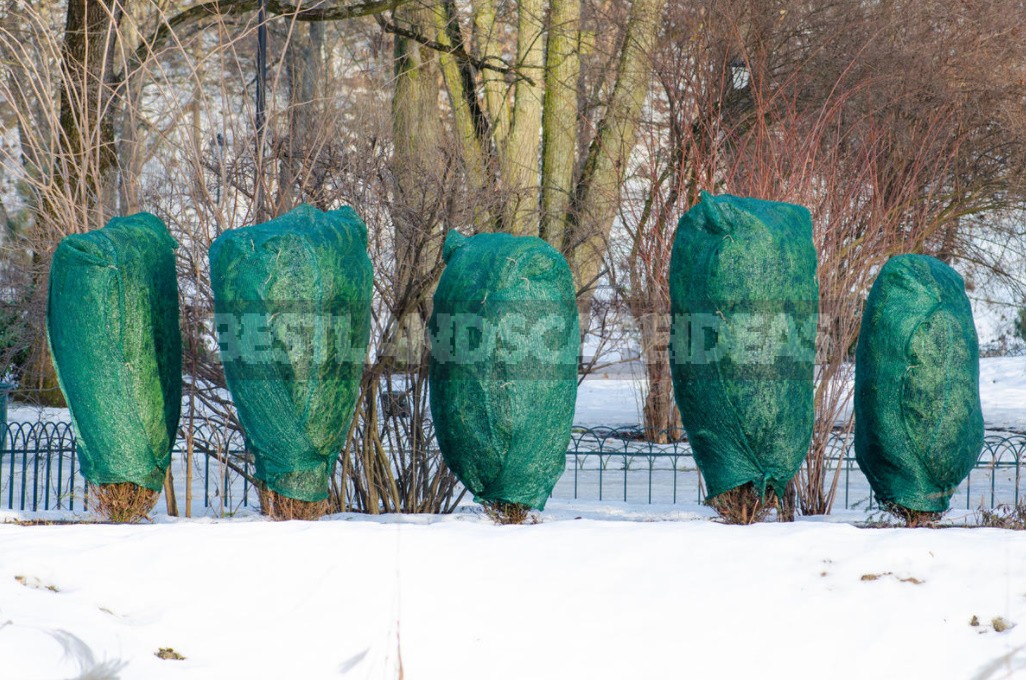
When to shelter Hydrangea macrophylla
The root system of some varieties can withstand -30°C. However, if you want to preserve the flower buds (or do not know which variety grows in your garden), it is better not to risk and put a shelter at the first serious frost.
When to cover clematis
The main task of the gardener is to save the root neck from frost and soaking. The best option is to mulch it with a thick layer of sand, in which you can add a little wood ash. When the first frost comes, cover the shoots, at the same time trying to protect from precipitation as much as possible the area of the trunk circle.
When to shelter the rhododendrons
The thermometer has dropped below 0ºC — it’s time to hide them from the cold.
Eliminate just three mistakes when hiding plants, and they will happily meet the spring in full force!
